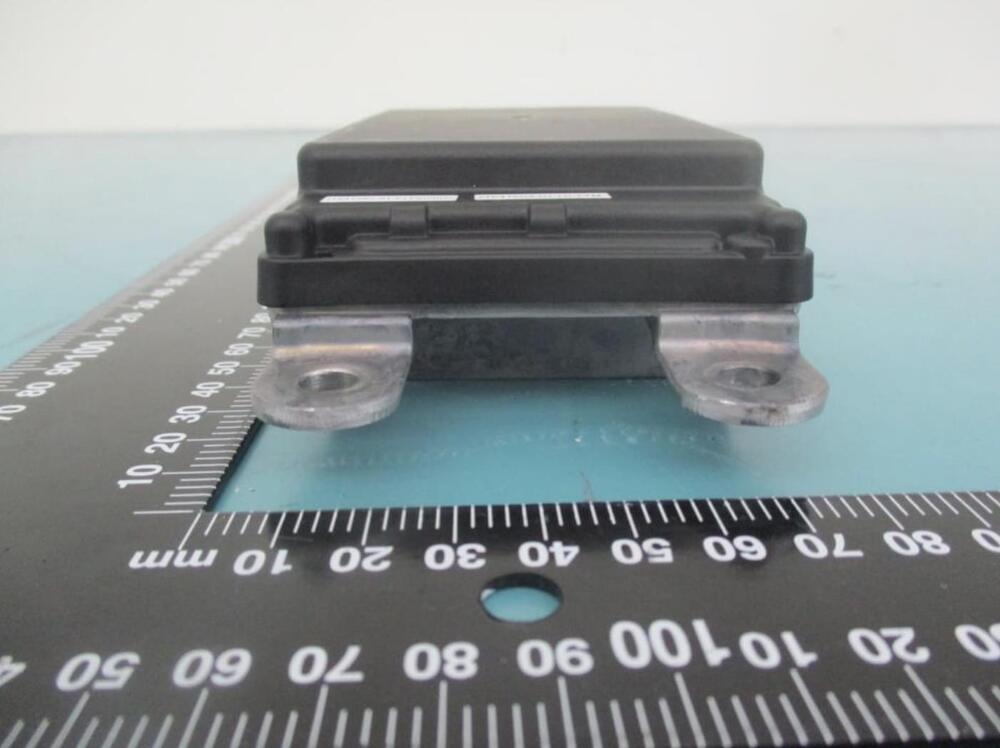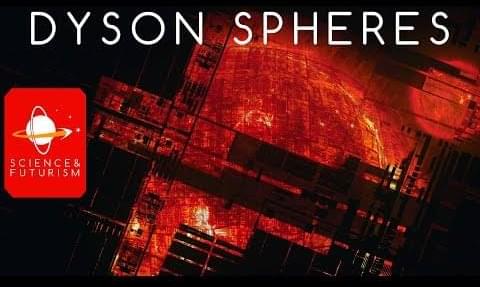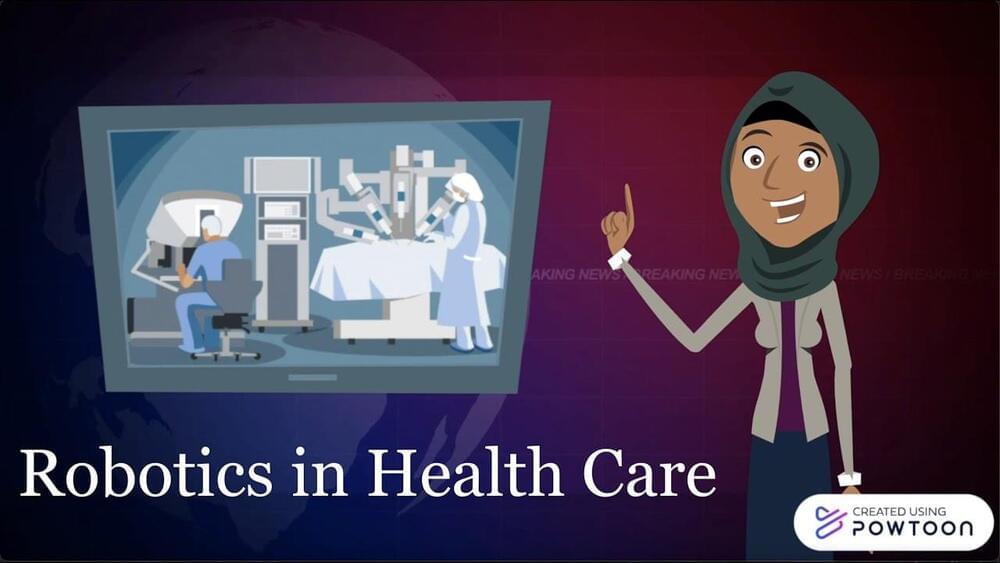Feb 19, 2023
What is the Marburg virus? Another country records first-ever outbreak
Posted by Genevieve Klien in category: biotech/medical
The WHO said there are currently nine deaths and 16 suspected cases with symptoms including fever, fatigue, diarrhea and vomiting. The agency said it was sending medical experts to help officials in Equatorial Guinea stop the outbreak and was also sending protective equipment for hundreds of workers.
What is the Marburg virus?
Like Ebola, the Marburg virus originates in bats and spreads between people via close contact with the bodily fluids of infected people, or surfaces, like contaminated bedsheets.


















